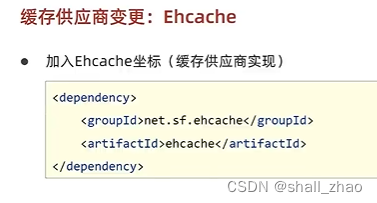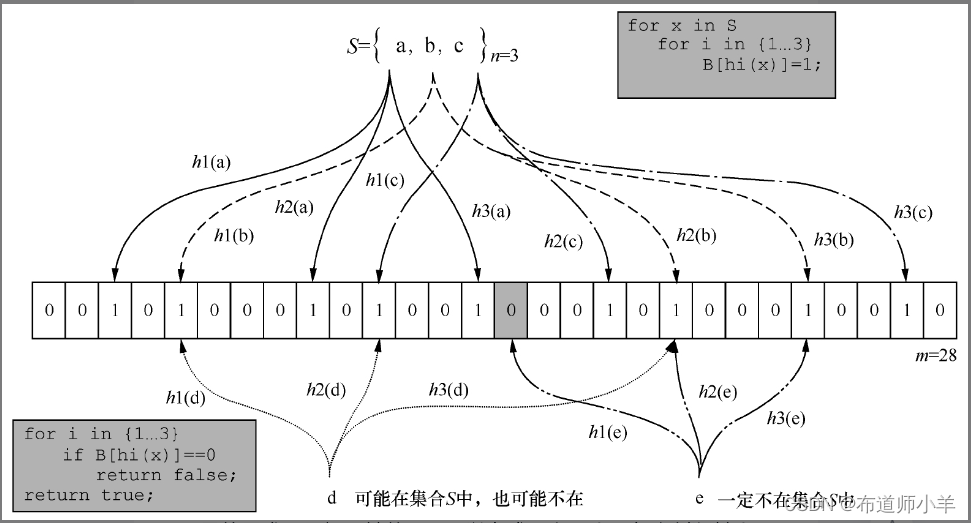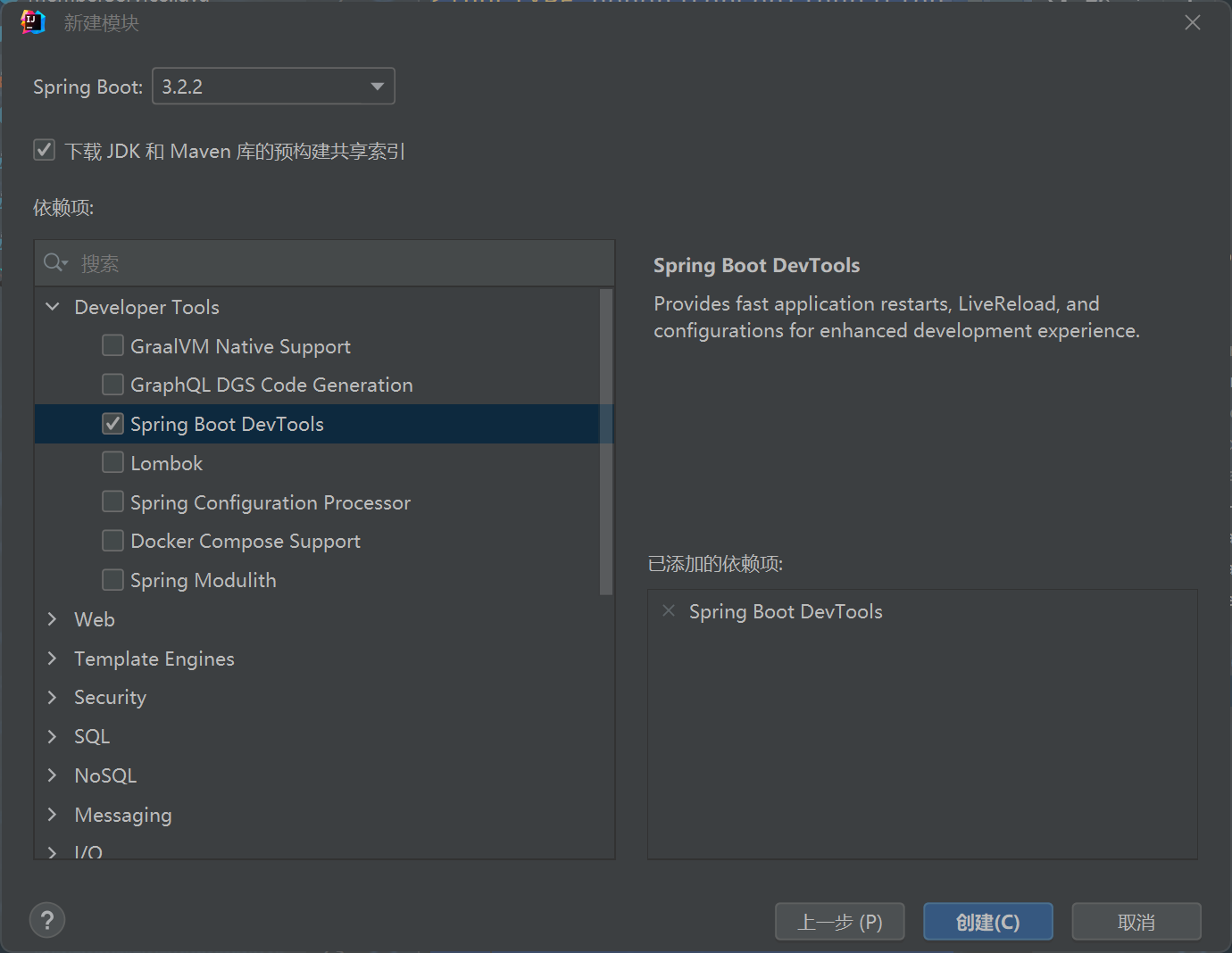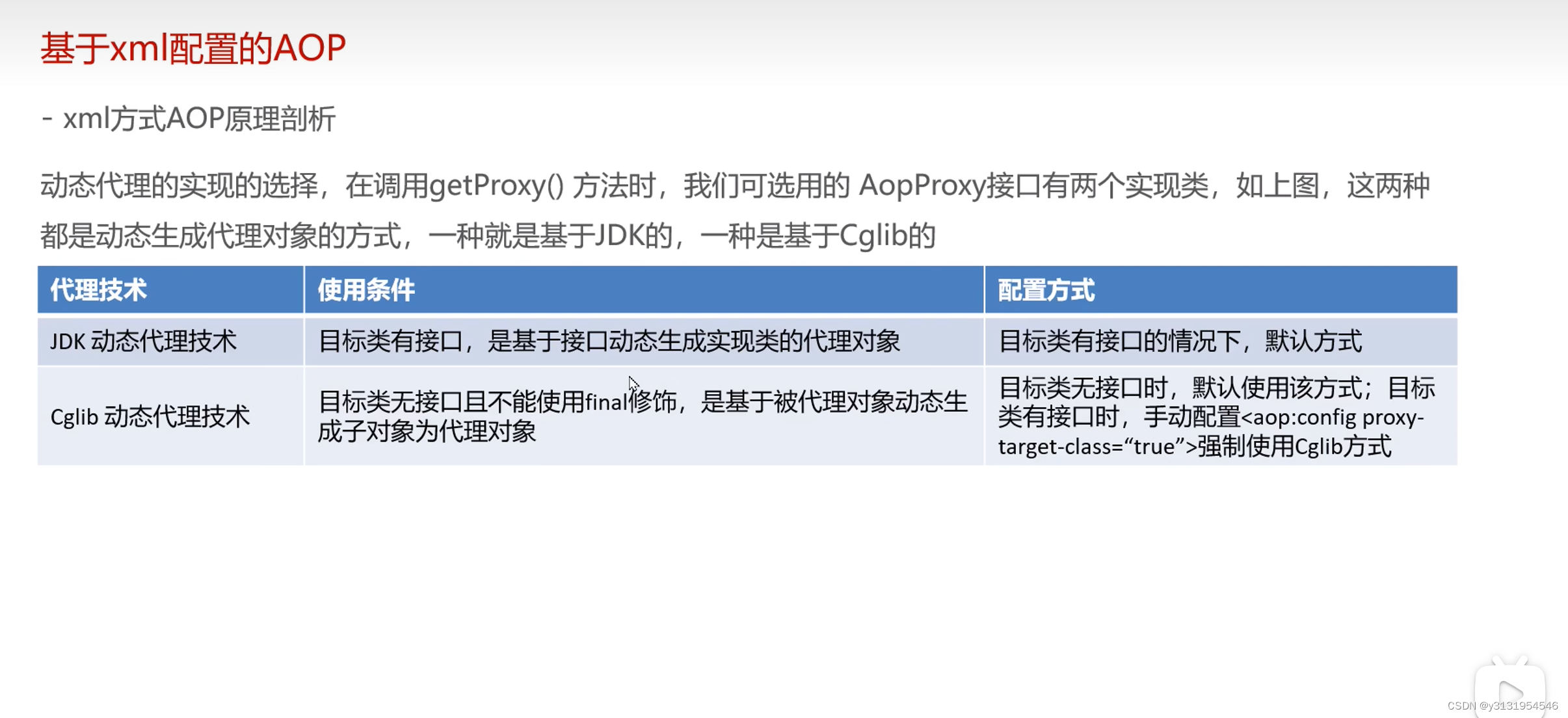springboot缓存技术-Ehcache-Redis–memcached
spring缓存使用方式
<dependency>
<groupId>org.springframework.boot</groupId>
<artifactId>spring-boot-starter-cache</artifactId>
</dependency>
</dependencies>
@SpringBootApplication
// 开启缓存功能
@EnableCaching
public class Springboot19CacheApplication {
public static void main(String[] args) {
SpringApplication.run(Springboot19CacheApplication.class, args);
}
}
@Override
@Cacheable(value = "cacheSpace",key = "#id")
public Book getById(Integer id) {
return bookDao.selectById(id);
}

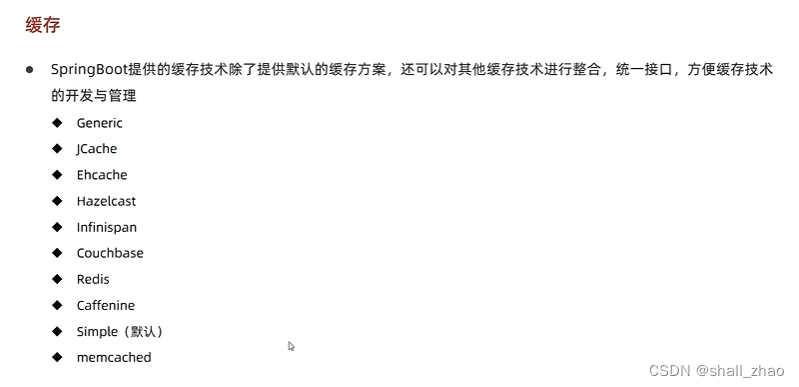
手机验证码案例
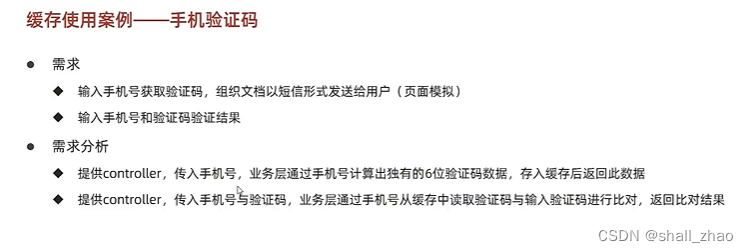
缓存供应商变更Ehcache
cache:
type: ehcache
ehcache:
config: classpath:ehcache.xml
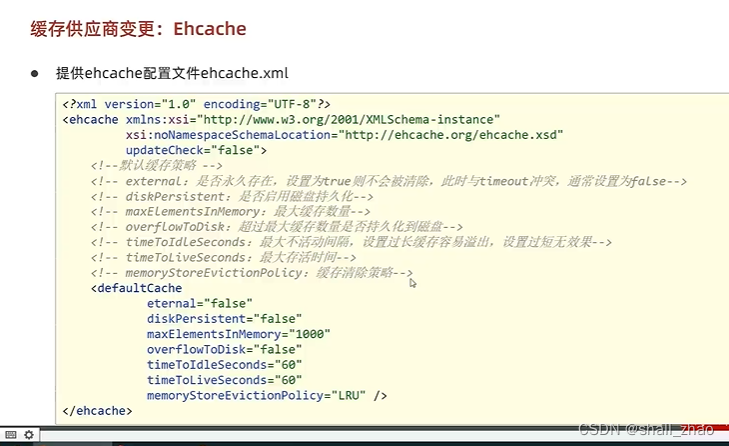
<?xml version="1.0" encoding="UTF-8"?>
<ehcache xmlns:xsi="http://www.w3.org/2001/XMLSchema-instance"
xsi:noNamespaceSchemaLocation="http://ehcache.org/ehcache.xsd"
updateCheck="false">
<!--
diskStore:为缓存路径,ehcache分为内存和磁盘两级,此属性定义磁盘的缓存位置。参数解释如下:
user.home – 用户主目录
user.dir – 用户当前工作目录
java.io.tmpdir – 默认临时文件路径
-->
<diskStore path="d:ehcache"/>
<!--
defaultCache:默认缓存策略,当ehcache找不到定义的缓存时,则使用这个缓存策略。只能定义一个。
-->
<!--
name:缓存名称。
maxElementsInMemory:缓存最大数目
maxElementsOnDisk:硬盘最大缓存个数。
eternal:对象是否永久有效,一但设置了,timeout将不起作用。
overflowToDisk:是否保存到磁盘,当系统当机时
timeToIdleSeconds:设置对象在失效前的允许闲置时间(单位:秒)。仅当eternal=false对象不是永久有效时使用,可选属性,默认值是0,也就是可闲置时间无穷大。
timeToLiveSeconds:设置对象在失效前允许存活时间(单位:秒)。最大时间介于创建时间和失效时间之间。仅当eternal=false对象不是永久有效时使用,默认是0.,也就是对象存活时间无穷大。
diskPersistent:是否缓存虚拟机重启期数据 Whether the disk store persists between restarts of the Virtual Machine. The default value is false.
diskSpoolBufferSizeMB:这个参数设置DiskStore(磁盘缓存)的缓存区大小。默认是30MB。每个Cache都应该有自己的一个缓冲区。
diskExpiryThreadIntervalSeconds:磁盘失效线程运行时间间隔,默认是120秒。
memoryStoreEvictionPolicy:当达到maxElementsInMemory限制时,Ehcache将会根据指定的策略去清理内存。默认策略是LRU(最近最少使用)。你可以设置为FIFO(先进先出)或是LFU(较少使用)。
clearOnFlush:内存数量最大时是否清除。
memoryStoreEvictionPolicy:可选策略有:LRU(最近最少使用,默认策略)、FIFO(先进先出)、LFU(最少访问次数)。
FIFO,first in first out,这个是大家最熟的,先进先出。
LFU, Less Frequently Used,就是上面例子中使用的策略,直白一点就是讲一直以来最少被使用的。如上面所讲,缓存的元素有一个hit属性,hit值最小的将会被清出缓存。
LRU,Least Recently Used,最近最少使用的,缓存的元素有一个时间戳,当缓存容量满了,而又需要腾出地方来缓存新的元素的时候,那么现有缓存元素中时间戳离当前时间最远的元素将被清出缓存。
-->
<defaultCache
eternal="false"
diskPersistent="false"
maxElementsInMemory="1000"
overflowToDisk="false"
timeToIdleSeconds="60"
timeToLiveSeconds="60"
memoryStoreEvictionPolicy="LRU"/>
<cache
name="smsCode"
eternal="false"
diskPersistent="false"
maxElementsInMemory="1000"
overflowToDisk="false"
timeToIdleSeconds="60"
timeToLiveSeconds="60"
memoryStoreEvictionPolicy="LRU"/>
</ehcache>
变更缓存供应商Redis
导坐标
<dependency>
<groupId>org.springframework.boot</groupId>
<artifactId>spring-boot-starter-data-redis</artifactId>
</dependency>
改配置
cache:
type: redis
redis:
use-key-prefix: true
cache-null-values: false
key-prefix: aa
time-to-live: 10s
redis:
host: localhost
port: 6379
password: 123456
缓存供应商变更memcached
下载安装memcached

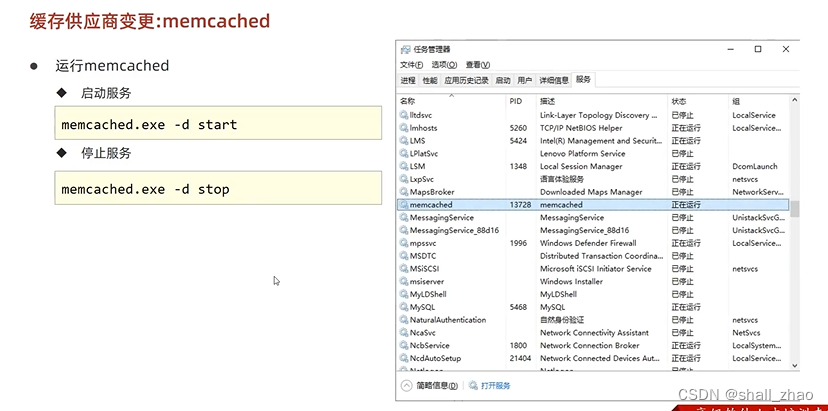
SpringBoot整合memcached
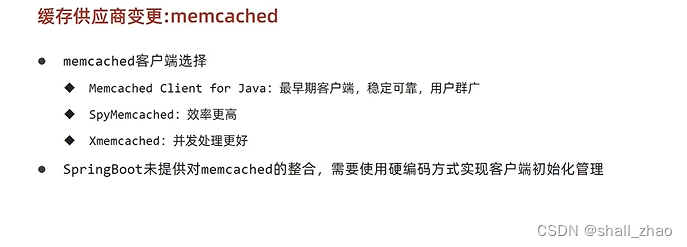
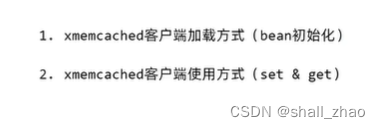
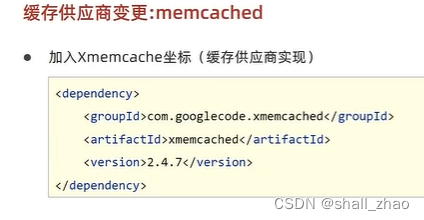
<dependency>
<groupId>com.googlecode.xmemcached</groupId>
<artifactId>xmemcached</artifactId>
<version>2.4.7</version>
</dependency>
因为springboot没有整合,所以硬编码,要自己配置
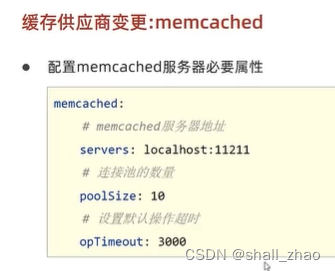
memcached:
servers: localhost:11211
poolSize: 10
opTimeout: 3000

@Component
@Data
@ConfigurationProperties(prefix = "memcached")
public class XMemcachedProperties {
private String servers;
private int poolSize;
private long opTimeout;
}
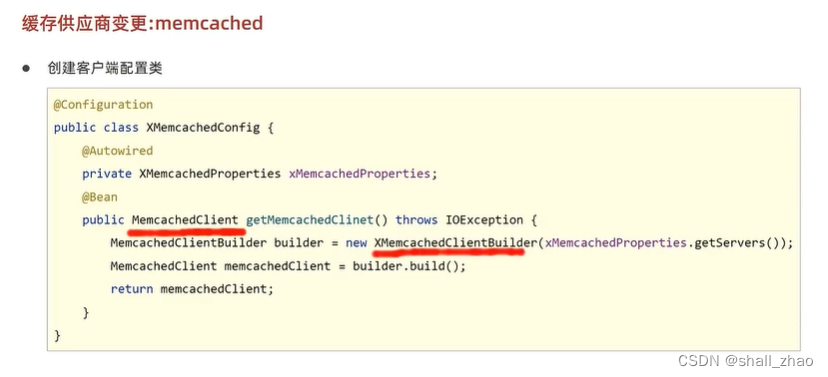
@Configuration
public class XMemcachedConfig {
@Autowired
private XMemcachedProperties memcachedProperties;
@Bean
public MemcachedClient getMemcachedClient() throws IOException {
MemcachedClientBuilder memcachedClientBuilder = new XMemcachedClientBuilder(memcachedProperties.getServers());
memcachedClientBuilder.setConnectionPoolSize(memcachedProperties.getPoolSize());
memcachedClientBuilder.setOpTimeout(memcachedProperties.getOpTimeout());
MemcachedClient memcachedClient = memcachedClientBuilder.build();
return memcachedClient;
}
}
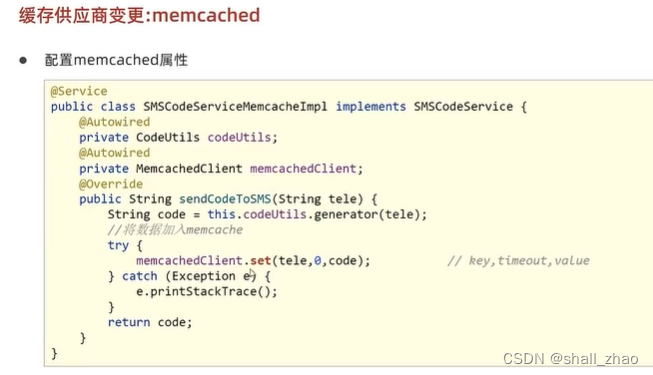
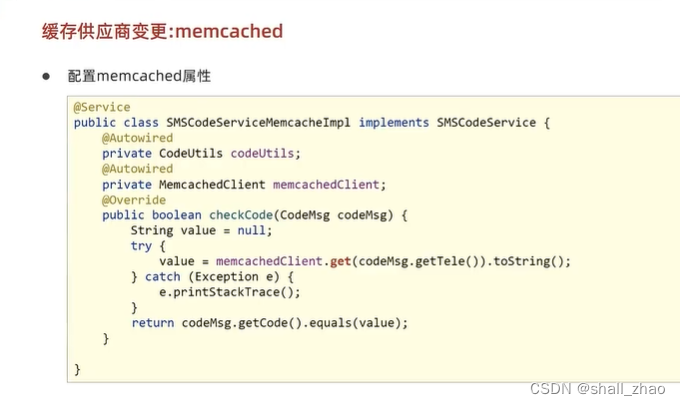
// 以下是springboot中使用xmemcached
@Autowired
private MemcachedClient memcachedClient;
@Override
public String sendCodeToSMS(String tele) {
String code = codeUtils.generator(tele);
try {
memcachedClient.set(tele,0,code);
} catch (Exception e) {
throw new RuntimeException(e);
}
return code;
}
@Override
public Boolean checkCode(SMSCode smsCode) {
String code = "";
try {
code = memcachedClient.get(smsCode.getTele()).toString();
} catch (Exception e) {
throw new RuntimeException(e);
}
return smsCode.getCode().equals(code);
}
原文地址:https://blog.csdn.net/shall_zhao/article/details/134743175
本文来自互联网用户投稿,该文观点仅代表作者本人,不代表本站立场。本站仅提供信息存储空间服务,不拥有所有权,不承担相关法律责任。
如若转载,请注明出处:http://www.7code.cn/show_43904.html
如若内容造成侵权/违法违规/事实不符,请联系代码007邮箱:suwngjj01@126.com进行投诉反馈,一经查实,立即删除!
声明:本站所有文章,如无特殊说明或标注,均为本站原创发布。任何个人或组织,在未征得本站同意时,禁止复制、盗用、采集、发布本站内容到任何网站、书籍等各类媒体平台。如若本站内容侵犯了原著者的合法权益,可联系我们进行处理。

